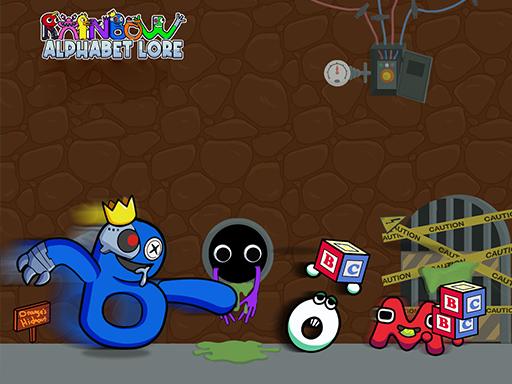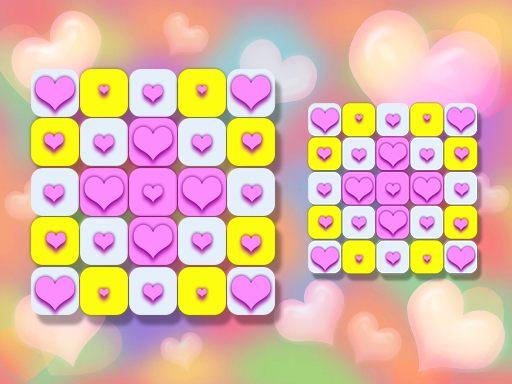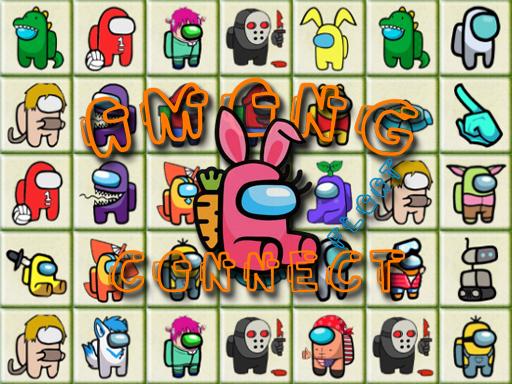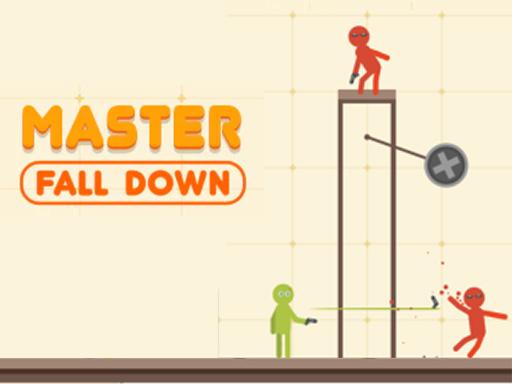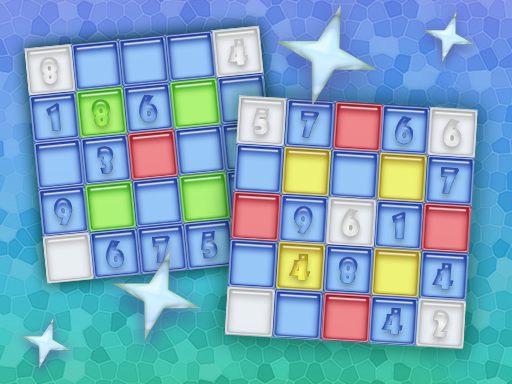Introduction to Forest Tiles
Forest Tiles is a visually stunning and immersive puzzle game that combines strategy, tile-matching mechanics, and environmental themes. In this game, players are tasked with creating a beautiful and thriving forest by strategically placing tiles in a way that forms a harmonious and sustainable ecosystem. Each tile represents a different element of the forest—such as trees, rivers, rocks, or wildlife—and your goal is to arrange these tiles in such a way that they form a balanced and flourishing forest landscape.
With its relaxing yet challenging gameplay, Forest Tiles provides a soothing experience for puzzle enthusiasts and nature lovers alike. It encourages creativity, critical thinking, and problem-solving while giving players the opportunity to immerse themselves in a natural environment. Let’s dive deeper into the game’s mechanics, features, and tips to help you get the most out of your forest-building adventure.
Game Overview
In Forest Tiles, players are given a set of forest tiles that feature various elements of nature. These tiles must be placed on a grid to create an ecosystem where different elements complement each other. Each tile can be connected to others, creating rivers, forests, mountains, or other features, and your task is to form a cohesive and flourishing environment that meets the game’s objectives.
The game is made up of multiple levels, each with different tile layouts and challenges. Some levels might have specific goals—such as connecting certain tiles or achieving a specific arrangement—while others might allow players to freely build and experiment with different combinations of tiles. As you progress, the levels increase in complexity, requiring more strategic thinking and careful planning.
How to Play Forest Tiles
1. Understanding the Tiles
The game revolves around various types of tiles, each representing a different part of the forest ecosystem. Some common tile types include:
- Trees: Representing forests, these tiles form the backbone of your ecosystem. You’ll need to place them strategically to connect different parts of the forest.
- Rivers: Water is a vital resource for many parts of the forest. Rivers need to flow through certain areas to help other elements thrive.
- Wildlife: Animals, birds, and insects can be placed in areas where they have access to food and water, helping to balance the ecosystem.
- Mountains and Rocks: These tiles can block paths but are necessary for creating diverse landscapes within your forest.
- Flowers and Plants: These tiles are essential for beautifying the forest and can increase the overall score of your ecosystem when placed in the right areas.
Each tile has specific connection rules and must align with neighboring tiles. For example, a tree tile might need to connect to another tree tile, while river tiles must connect to form a continuous water source.
2. Tile Placement and Strategy
Your goal is to strategically place the tiles on the grid to form a harmonious environment. Here’s what to keep in mind when placing tiles:
- Connecting Tiles: The tiles should connect in a way that creates a functional and balanced environment. Trees should connect to other trees, rivers should flow seamlessly, and wildlife should have access to both food and water.
- Tile Limits: Some levels may have a limited number of tiles, so you’ll need to plan carefully to ensure that you can achieve the required objective within the tile limits.
- Tile Orientation: Some tiles may need to be rotated to fit the layout of the grid. Ensure that each tile is placed correctly to maximize its potential and create the best possible ecosystem.
3. Objective and Goals
Each level in Forest Tiles has specific objectives that must be completed to advance. These goals may vary, and can include:
- Connecting Certain Tiles: You might need to connect a specific number of tree tiles to each other, form a continuous river path, or create a particular type of terrain.
- Achieving a Balanced Ecosystem: Some levels might require you to achieve a certain balance of different ecosystem elements, such as having a minimum number of wildlife or plants within the forest.
- Maximizing Scoring: Some levels challenge you to achieve the highest possible score by creating the most efficient and thriving forest, based on the placement of tiles and their connections.
4. Challenges and Progression
As you progress through the game, you will encounter different challenges and increasing complexity:
- Limited Tile Set: Some levels restrict the types of tiles you can use, forcing you to think creatively about how to achieve the goals with fewer options.
- Increasing Grid Size: Larger grids mean more space to fill and more opportunities to create diverse ecosystems, but they also require more careful planning.
- New Tile Types: As you move forward, you might unlock new types of tiles or special abilities that add even more layers to the strategy and gameplay.
Key Features of Forest Tiles
- Relaxing and Immersive Gameplay: The game’s calming nature and beautiful forest visuals create an immersive experience that is perfect for relaxation.
- Strategic Tile Placement: The game challenges players to think critically about how they place tiles to create a thriving, balanced ecosystem.
- Level-Based Progression: With a variety of levels that increase in complexity, there is always a new challenge to conquer in Forest Tiles.
- Educational Aspects: The game subtly teaches players about nature and ecosystems, showing how different elements of the forest work together.
- Beautiful Visuals and Soundtrack: The serene landscapes, detailed tile designs, and ambient soundtrack create a peaceful and enjoyable environment for players to explore.
Tips for Success in Forest Tiles
- Plan Tile Placement Early: Before you start placing tiles, take a moment to analyze the layout of the grid and think about how each tile can best connect with the others.
- Focus on Key Areas: Certain areas, such as water sources or wildlife habitats, might be more important than others. Focus on these key areas to maximize the health of your ecosystem.
- Optimize Connections: Remember that tiles can often connect in multiple ways. Experiment with different orientations to find the most effective arrangement for your tiles.
- Balance Different Ecosystem Elements: While trees might form the core of your forest, make sure you also balance it with water, plants, and wildlife to create a healthy and thriving environment.
- Use Special Tiles Wisely: If the game introduces special tiles or abilities, use them strategically to unlock new paths or create more diverse landscapes.
- Be Patient and Enjoy the Process: Forest Tiles is a game that rewards thoughtful planning and creativity, so take your time and enjoy the process of building your forest ecosystem.
Conclusion
Forest Tiles is a delightful and challenging puzzle game that brings nature and strategy together. By offering players the opportunity to create and manage a sustainable forest, the game provides an enjoyable and educational experience that highlights the importance of environmental harmony. Whether you’re looking to relax, challenge your strategic thinking, or simply appreciate the beauty of nature, Forest Tiles is sure to provide hours of engaging gameplay.
So, get ready to place your tiles, create the perfect forest, and see how your ecosystem grows in this captivating puzzle game. Let your creativity flow and build a beautiful, balanced world in Forest Tiles!



